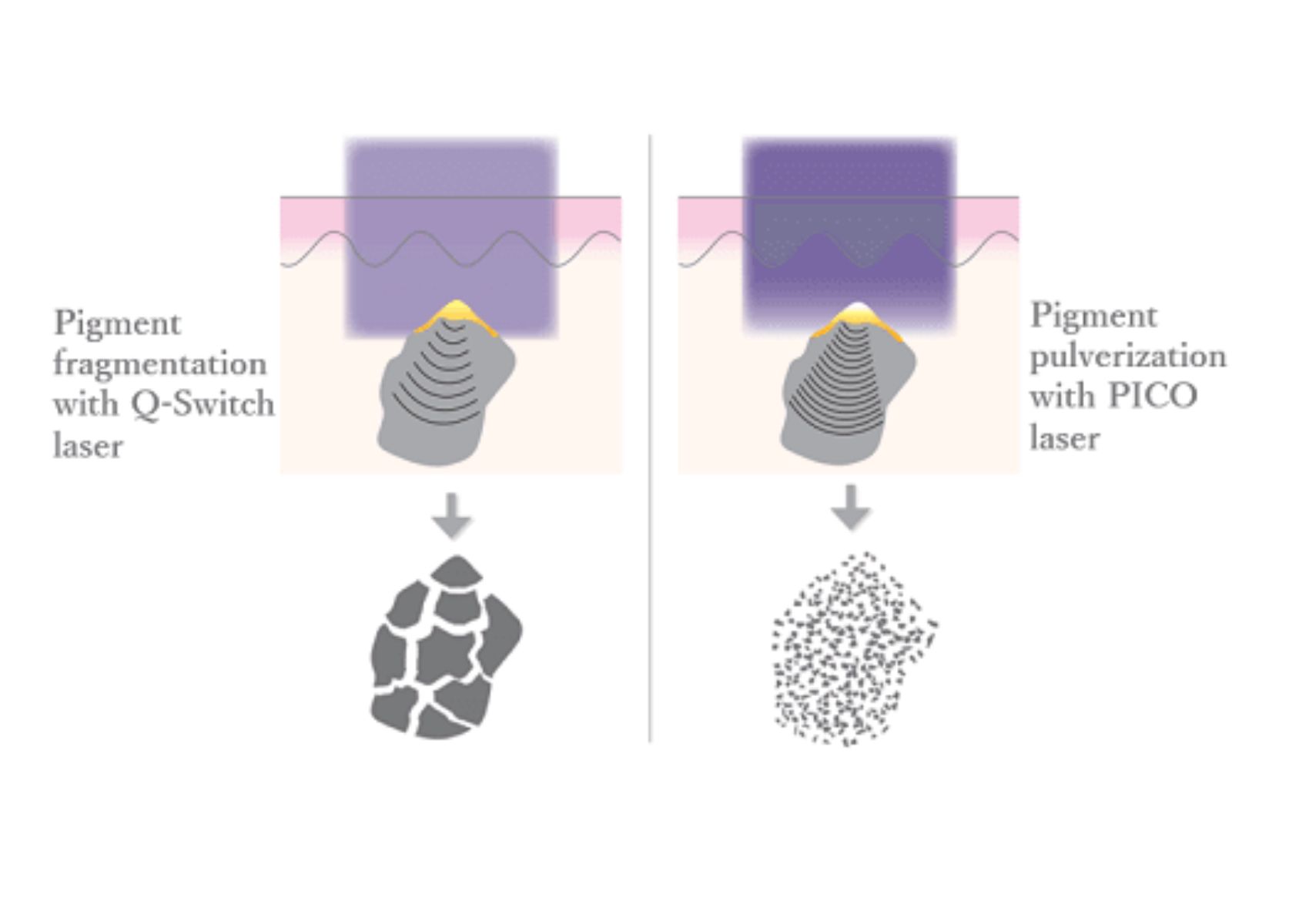Unraveling the Mysteries of Picoseconds:
A Glimpse into the World of Ultra-Fast Time

In the realm of science and technology, time is often measured in increments that seem impossibly small to our everyday experiences. One such minuscule unit of time is the picosecond, a term that may sound unfamiliar to many. In this blog, we will delve into the fascinating world of picoseconds, exploring what they are and how they function in the context of laser devices.
Understanding the Picosecond
A picosecond (ps) is a unit of time that equals one trillionth of a second, or 10^-12 seconds. To put this in perspective, if we were to break down a single second into picoseconds, it would result in a mind-boggling one trillion individual units. To truly grasp the scale of a picosecond, consider that it is to a second what a second is to about 31,688 years – an astonishingly brief duration.
In the world of aesthetics, a pico laser device is known as a short pulse device. The adoption of short pulse machines has been central in progression of the quest for effective pigmentation, melasma, tattoo removal and other associated skin conditions and are now considered as they gold standard for these procedures. Why? Because their shorter pulse duration is a picosecond which allows for a higher photo-mechanical effect and lower photo-thermal effect, reducing the risk of laser-related complications such as post-inflammatory hyperpigmentation and burns.
What do the terms “photothermal” and “photomechanical” mechanisms really mean? Let’s break it down in simple language.
Photothermal: Heating Things Up
Imagine you have a plate of cookies, and you want to warm them up. You put them in the oven, and as they bake, they get nice and toasty. This is a bit like how the photothermal mechanism works.
In treatments like laser hair removal or treating brown spots on the skin, the goal is to heat up something specific (scientifically the target chromophore), like hair follicles or pigmented spots. The laser emits light that gets absorbed by these target areas (such as the melanin in the hair follicle for laser hair removal). This energy then turns into heat, kind of like when the sun warms your skin. This heat is what does the trick. It damages the target, making it less able to grow (like hair follicles) or causing it to break down (like pigmented spots).
Photomechanical: Giving a Little Push
Now, think about a game of pool. You have a cue ball, and when you hit it with the pool stick, it smacks into the other balls, sending them rolling in different directions. This is similar to how the photomechanical mechanism works.
In treatments like tattoo removal or getting rid of tiny blood vessels, the laser sends out super-fast pulses of energy. These pulses hit the target area with a lot of force, causing it to break apart. It’s like giving it a little push, and it breaks up into smaller pieces. Then, your body’s natural processes can clear away these tiny pieces.
So, What’s the Big Difference?
The key difference between photothermal and photomechanical mechanisms is what they do with the energy they deliver.
Photothermal heats things up, making them less functional or causing them to break down over time. It’s like using heat to melt butter.
Photomechanical gives a quick, strong push, causing the target to break into smaller pieces. It’s like a quick, precise tap that shatters a fragile object.
Both mechanisms are used in different types of laser treatments, and they’re chosen depending on what needs to be done. The reason why a Pico is better for pigmentation, melasma and tattoos is because they are super-fast and precise and deliver less with a great heat and more acoustic action so its safer and able to break the chromophore down into very small pieces which are easier for your body to get removed through the lymphatic system.
All lasers have their place and the choice of laser depends on what indication you are treating – they have some clever ways to help us look and feel our best!
